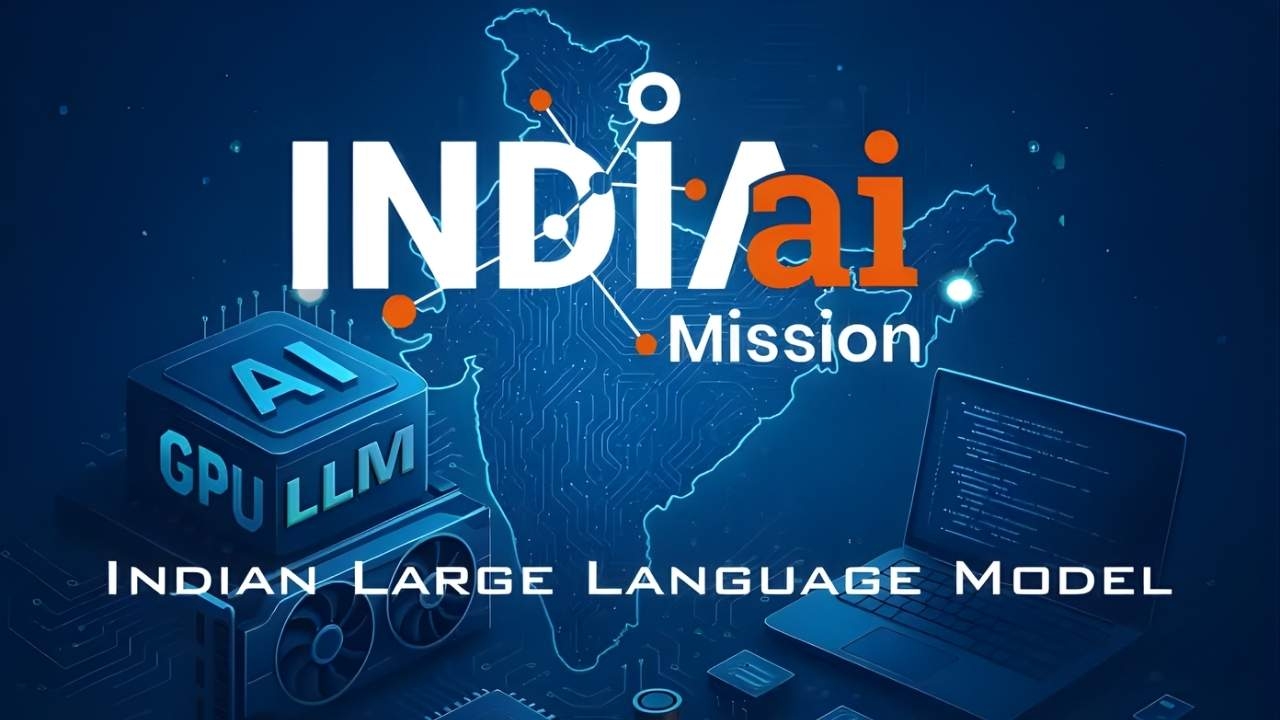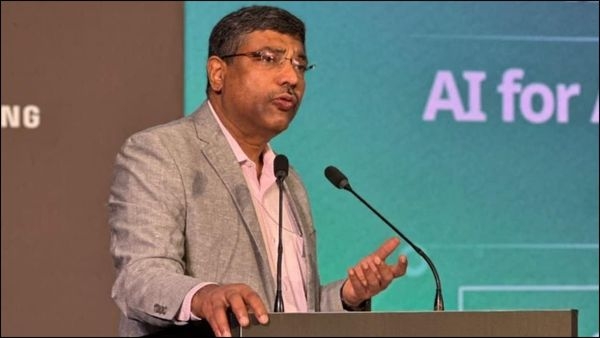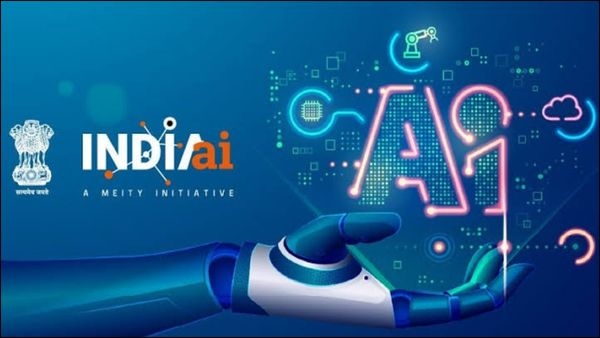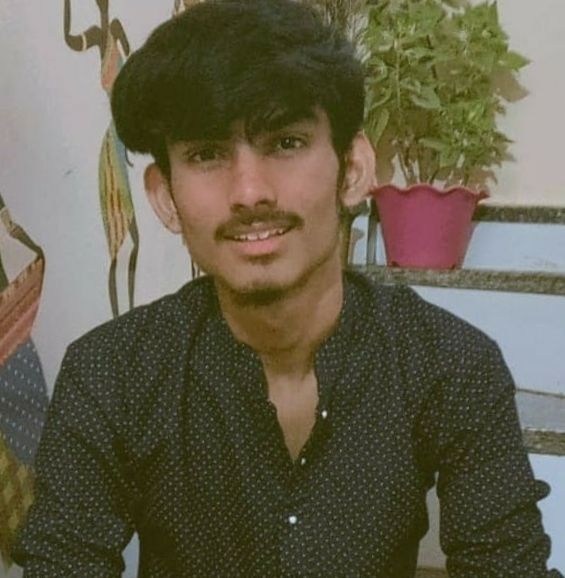IndiaAI Mission: Bharat’s Own Large Language Model Set for Launch
With 38,000 GPUs and 12 startups onboard, Bharat moves towards launching a homegrown Large Language Model to reduce foreign dependence.
Total Views |

Bharat stands at the threshold of a new era driven by Artificial Intelligence (AI), where technology is transforming lives and shaping the nation’s future. AI is no longer confined to research labs or large corporations; it is reaching people at every level. From improving healthcare access in remote villages to helping farmers make better crop decisions, AI is making everyday life smarter and more connected. It is transforming classrooms through personalised learning, making cities safer and cleaner, and improving governance through data-driven decision-making.
In a major step forward, the Indian government has accelerated the IndiaAI Mission, announcing plans to roll out a National Large Language Model (LLM) by the end of 2025. The model is expected to be officially launched at the India–AI Impact Summit in February 2026. As part of this sovereign initiative, Bharat will deploy 38,000 GPUs at an affordable rate of ₹65 per hour, empowering 12 domestic companies to build foundational AI models suited to Bharat’s vast linguistic and cultural diversity.
The announcement came during a pre-summit event for the India–AI Impact Summit 2026, held at the India Mobile Congress (IMC) 2025 in New Delhi on 10 October. The summit itself will take place on 19–20 February 2026 at Bharat Mandapam, New Delhi.
During the inaugural address, Secretary of the Ministry of Electronics and Information Technology (MeitY), S. Krishnan, confirmed that Bharat’s indigenous LLM will be ready by the end of 2025. “By the time of the India AI Summit, we should be able to launch India’s sovereign model,” he said.

Krishnan added, “We have adopted innovative approaches, learning from global experiences to build viable projects and products that truly make a difference. Our partnership with the private sector, while remaining accessible to the public sector, ensures a level-playing field for all providers. This approach is both innovative and frugal, ensuring maximum availability with minimum resources. Several international agencies have found our model inspiring for the wider Global South.”
Additional Secretary of MeitY, CEO of IndiaAI, and DG of NIC, Abhishek Singh, highlighted that the IndiaAI Mission, approved last year, addresses critical challenges by enabling affordable compute, developing a national data platform, supporting foundation models, advancing AI skills, and promoting safe and trustworthy AI. “With 38,000 GPUs available at just ₹65 per hour and 12 companies developing foundation models, we aim to launch an Indian LLM by the end of the year, reducing dependence on foreign systems,” he said. Singh added that the sovereign AI model will be trained entirely on Indian datasets and hosted on Indian servers.

The Seven Pillars of the IndiaAI Mission:
1. IndiaAI Compute Pillar: This provides high-end GPUs at affordable rates. Over 38,000 GPUs are available at a subsidised cost of ₹65 per hour.
2. IndiaAI Application Development Initiative: This focuses on building AI solutions for Bharat’s challenges in healthcare, agriculture, climate, governance, and education. By July 2025, 30 projects had been approved, and sector-specific hackathons, such as the CyberGuard AI Hackathon, have been launched.
3. AIKosh (Dataset Platform): AIKosh provides large datasets for AI model training, integrating both government and private data. It hosts over 3,000 datasets and 243 AI models across 20 sectors, with more than 265,000 visits, 6,000 registered users, and 13,000 downloads as of July 2025.
4. IndiaAI Foundation Models: This pillar supports the creation of Bharat’s own multimodal AI models using Indian data and languages. From over 500 proposals, four startups — Sarvam AI, Soket AI, Gnani AI, and Gan AI — were selected in the first phase.
5. IndiaAI FutureSkills: This pillar aims to develop an AI-ready workforce. Support has been provided to 500 PhD fellows, 5,000 postgraduates, and 8,000 undergraduates. Data and AI Labs are being set up across Tier 2 and Tier 3 cities, with 27 labs identified under NIELIT.
6. IndiaAI Startup Financing: This supports Indian AI startups through funding and international collaboration. The IndiaAI Startups Global programme, launched in March 2025, helps 10 Indian startups expand into Europe through partnerships with Station F and HEC Paris.
7. Safe and Trusted AI: This ensures responsible AI use with strong governance. Eight projects were selected in the first round, focusing on privacy, bias mitigation, explainability, and auditing. Over 400 applications were received in the second round, and on 9 May 2025, an Expression of Interest was published for institutions to join the IndiaAI Safety Institute.
Bharat’s upcoming Large Language Model marks a significant milestone — a step towards digital sovereignty, global competitiveness, and the creation of an AI ecosystem built for Bharat and its people.
Article by

Kewali Kabir Jain
Journalism Student, Makhanlal Chaturvedi National University of Journalism and Communication

